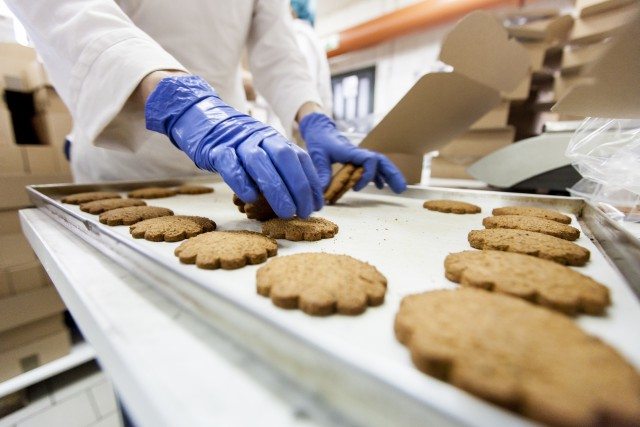The three dimensional (3D) food printing market is expected to be valued at US$425.0 million by 2025, growing at a compound annual growth rate of 54.75% between 2018 and 2025, finds ReportLinker.
The market growth can be attributed to the increasing use of customized food in the meals by the consumers.
In addition, the benefit of getting 3D printed food rich in specific nutrients is one of the major drivers for the 3D food printing market.
The market of 3D food printing is still in development phase; the players are showcasing their products and are expected to commercialize their products in a global market soon.
Several companies have showcased their 3D food printers and are also promoting their product through workshops, conferences, and live demos in collaboration with bakeries, confectionaries and restaurants.
One of the important benefits of the 3D food printing solutions is that it provides food customization options according to the preferences and needs of the individuals.
Carbohydrates demand
Carbohydrates are the type of nutrients, which are the most important source of energy for the human body.
These are found in fruits, grains, vegetables, and milk products. Depending upon the requirement of carbohydrate in the body, 3D food printing could allow the consumers design their food.
A person requiring high carbohydrate and low protein could set the ratio accordingly to get food of his choice, which in turn could revolutionize the way to control the nutrient intake.
Also, most of the printers showcased by the companies currently print food rich in carbohydrates such as chocolates, candies, donuts, and pancakes.
Thus, carbohydrates are expected to hold the largest size of the market.
APAC dominates
The 3D food printing market in APAC is expected to grow at the highest rate during the forecast period.
Growing aging and poverty, as well as the lack of adequate amount of food to feed the population are likely to contribute to the fastest growth of the market in APAC during the forecast period.
3D printing allows preparation of easy to chew food, having the composition specific to the nutrient requirement of the patients.
This is likely to help in feeding the old patients with the food rich in specific nutrients, based on their requirements.










